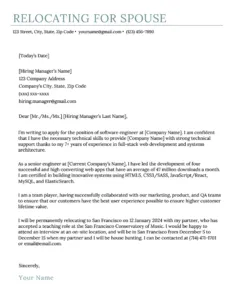Understanding the Need for a Relocation Cover Letter
When seeking employment in a new state, a relocation cover letter becomes an essential tool in your job application arsenal. Unlike a standard cover letter, a relocation cover letter explicitly addresses your intention to move and clarifies your reasons for doing so. This proactively addresses a key concern for potential employers: whether you are genuinely committed to the role and the location. The letter serves as an introduction, allowing you to provide context to your application and demonstrate your serious interest in the position and the company. It allows you to showcase your enthusiasm for the opportunity and provide a compelling narrative that differentiates you from other candidates, especially those who already reside locally. A well-crafted letter mitigates concerns and boosts your chances of securing an interview.
Key Components of a Relocation Cover Letter
A compelling relocation cover letter consists of several key components, all working in harmony to present you as a strong candidate. Structuring your letter thoughtfully ensures that you provide all necessary information while maintaining a professional tone. Each section plays a crucial role in convincing the hiring manager that you are an ideal fit for their team and are fully prepared to relocate. Understanding these elements is critical to making a positive first impression and increasing your chances of getting a call for an interview. The following sections detail the essential parts of a strong relocation cover letter.
Header Details
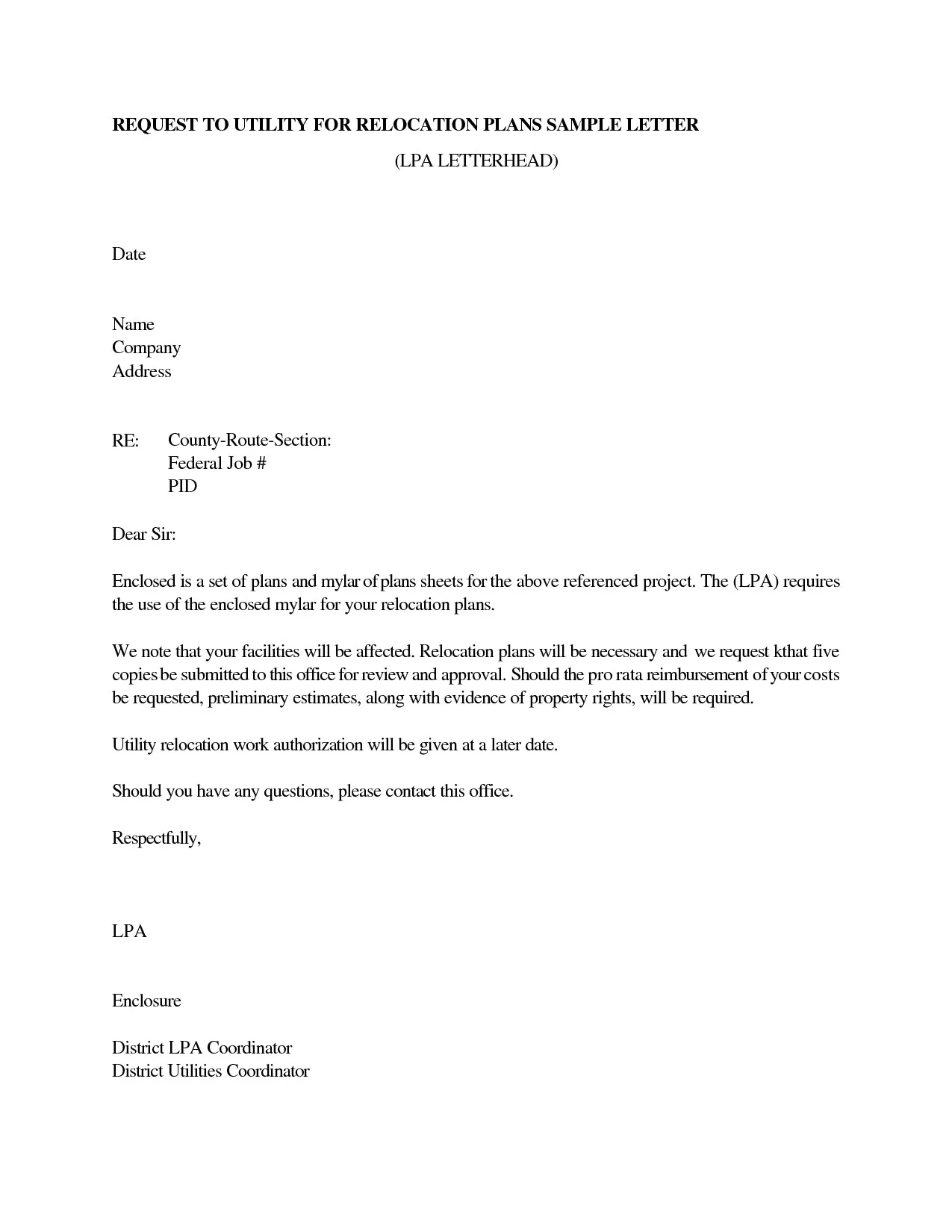
The header of your relocation cover letter should mirror the format of your resume. Begin with your full name, followed by your contact information, including your phone number, email address, and LinkedIn profile URL. This information must be accurate and current, ensuring that the hiring manager can easily reach you. The header should also include the date, which reflects when you are submitting the application, and the recipient’s contact information, including the hiring manager’s name, job title, and the company’s address. This information showcases your professionalism and attention to detail. Ensure the header is clear, concise, and easily readable.
Recipient Information
Directing your letter to a specific person is a mark of professionalism and shows you have done your research. If possible, find the name of the hiring manager or the recruiter responsible for the position. Address the letter to this person directly. If you cannot find a specific name, use a general title like “Hiring Manager” or “Recruiting Team.” This personalization indicates that you have taken the time to learn about the company and the opportunity, which immediately sets you apart from generic applications. It also helps to establish a connection and grab the reader’s attention from the start.
Professional Salutation
Begin your cover letter with a professional salutation. The standard greeting is “Dear [Mr./Ms./Mx. Last Name],” using the hiring manager’s name if you know it. Avoid informal greetings like “Hi” or “Hello.” If you are unsure of the name, use “Dear Hiring Manager” or “Dear [Company Name] Recruiting Team.” Following the salutation, use a comma. This sets the tone for the rest of your letter, indicating respect and a formal approach. The opening sets the first impression, so it is crucial to get this right.
Body Paragraph 1 Addressing the Relocation
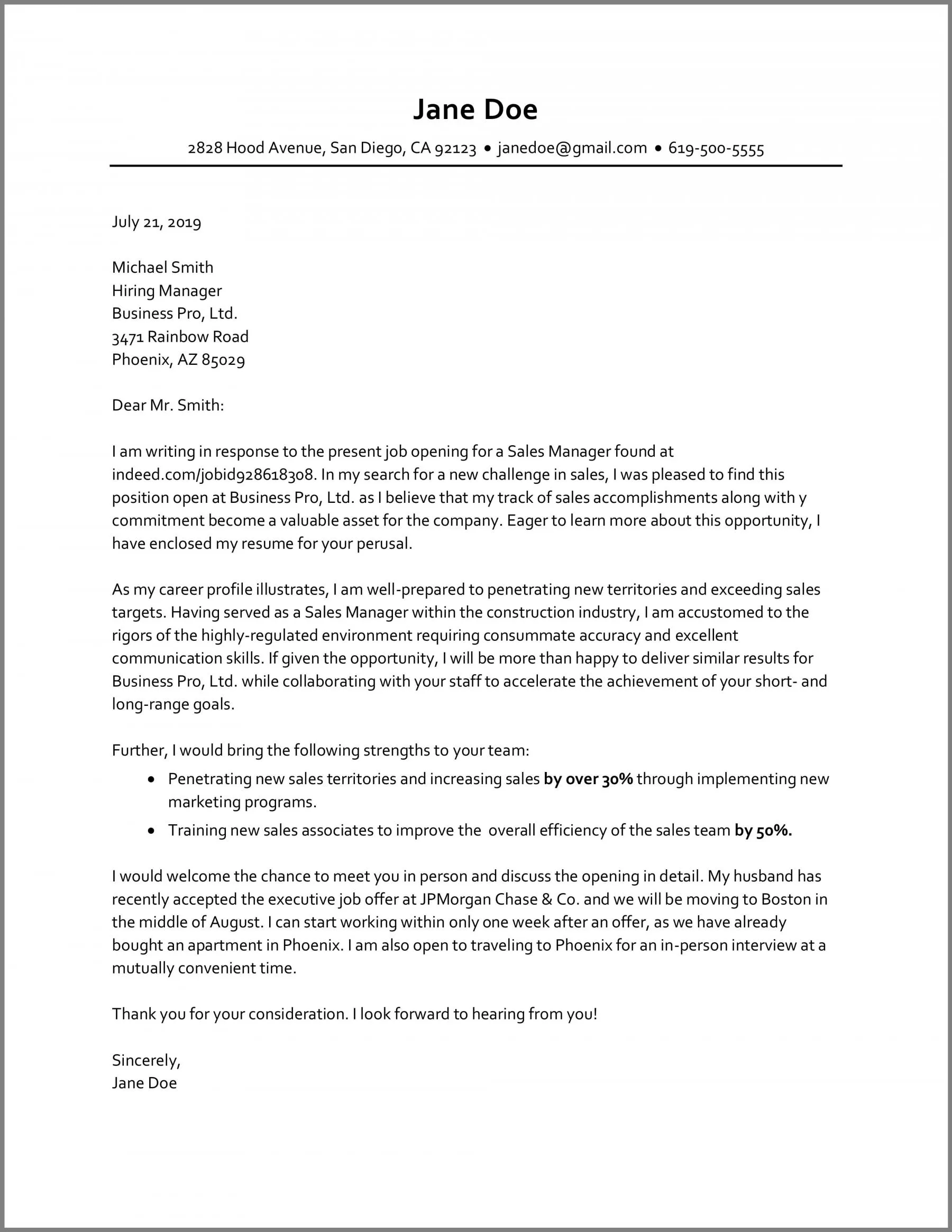
The first paragraph of your cover letter needs to address your intention to relocate directly. State your interest in the specific position and the company, and then clearly indicate that you are planning to relocate to the state. The aim is to immediately address the elephant in the room. This also provides an opportunity to show your enthusiasm for both the role and the new location. Show that you have researched the company and are truly excited about the chance to contribute to their success and be part of the community. This upfront approach prevents any uncertainty and allows you to control the narrative from the beginning.
Expressing Interest and Enthusiasm
Expressing your interest and enthusiasm for the position and the company is paramount. Explain why you are drawn to the role and what specifically appeals to you. Mention any aspects of the company that excite you or align with your career goals. Your enthusiasm should be genuine and specific; avoid generic statements. Mention what inspires you about the organization. Showing excitement helps to convey a positive attitude and make a memorable impression. This proactive approach demonstrates your commitment and makes a more attractive candidate.
Highlighting Relevant Skills and Experience
In the first paragraph, briefly highlight the most relevant skills and experience that align with the job requirements. This is a great opportunity to emphasize how your qualifications make you a strong match for the role. Focus on the key skills and experiences mentioned in the job description and provide specific examples to illustrate your abilities. By doing this, you’re directly linking your qualifications to the company’s needs, showcasing your understanding of the role and what you can bring to the team. It is also crucial to quantify your achievements whenever possible, using numbers and data to demonstrate the impact of your work. This increases your credibility and paints a clear picture of your value.
Body Paragraph 2 Explaining the Reasons for Relocation
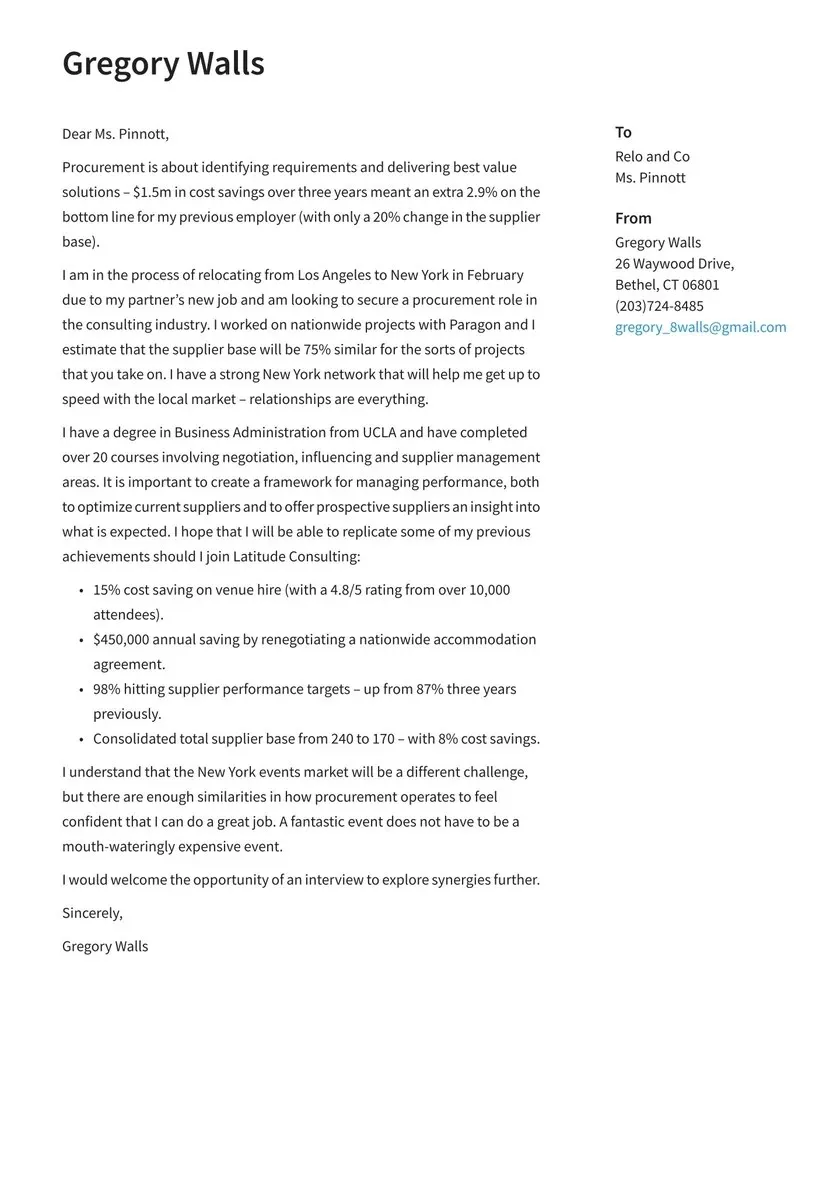
The second paragraph is crucial for addressing the ‘why’ of your relocation. Here, provide a brief and professional explanation for your move. Be honest but concise, focusing on the positive aspects and avoiding overly personal details. Mentioning a genuine interest in the area, personal opportunities, or family-related reasons can be acceptable. This paragraph aims to reassure the hiring manager that your relocation is well-considered and that you are fully committed to staying in the new location. Being clear and transparent can alleviate potential concerns about your future plans.
Personal and Professional Reasons
When discussing your reasons for relocating, strike a balance between personal and professional motivations. Briefly mention any professional opportunities in the new state that align with your career goals. For personal reasons, such as family or a desire for a different lifestyle, be respectful and discreet. Focus on how the new location aligns with your long-term plans and what you hope to gain by moving. Avoid giving excessive or overly emotional explanations, which might appear unprofessional. This approach allows you to demonstrate that your decision is both thoughtful and strategic.
Tying it Back to the Job
Always link your relocation reasons back to the job opportunity. Show the employer that your decision to relocate is also driven by your strong interest in their company and the specific role. Explain how the new location will allow you to perform your job at the highest level and contribute effectively to the company’s goals. This ensures that the hiring manager understands that your relocation is directly related to your professional aspirations. Showing a clear connection between your personal goals and the job opportunity will strengthen your overall message and show you are committed.
Body Paragraph 3
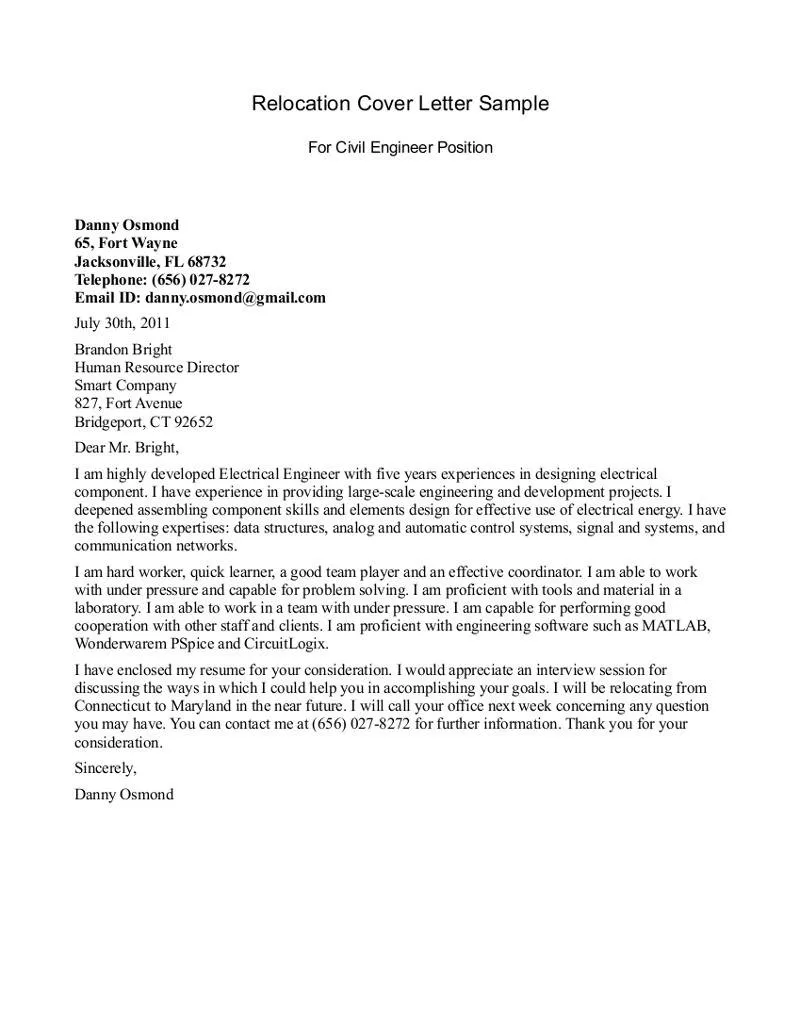
In your final body paragraph, elaborate on your qualifications, experience, and how you can benefit the company. Highlight key achievements and skills that align with the job description. Providing a clear and concise summary of your value proposition is essential here. Emphasize what you can bring to the team and how your skills match the requirements of the role. This paragraph allows you to make a strong, focused impression, reinforcing your suitability for the position and your readiness to contribute to the company’s success.
Quantifying Achievements and Skills
Quantify your achievements whenever possible. Use numbers, data, and specific examples to demonstrate the impact of your work. For example, instead of saying “improved sales,” say “increased sales by 15% in one quarter.” This method adds credibility and provides tangible evidence of your capabilities. When mentioning your skills, provide context and explain how you have used them to achieve results in the past. By quantifying your achievements, you provide a clear and convincing picture of your value to the company. This approach makes your skills and experience more impactful and memorable.
Tailoring to the Job Description
Carefully tailor your letter to match the job description. Review the requirements and keywords used in the job posting and incorporate them into your cover letter. This demonstrates that you have read the posting carefully and understand the company’s needs. Use the same language and phrasing as the job description. This also shows the hiring manager that you are a strong fit for the role and you understand what the company is looking for in a candidate. The goal is to present yourself as the perfect match for the position.
Closing the Letter
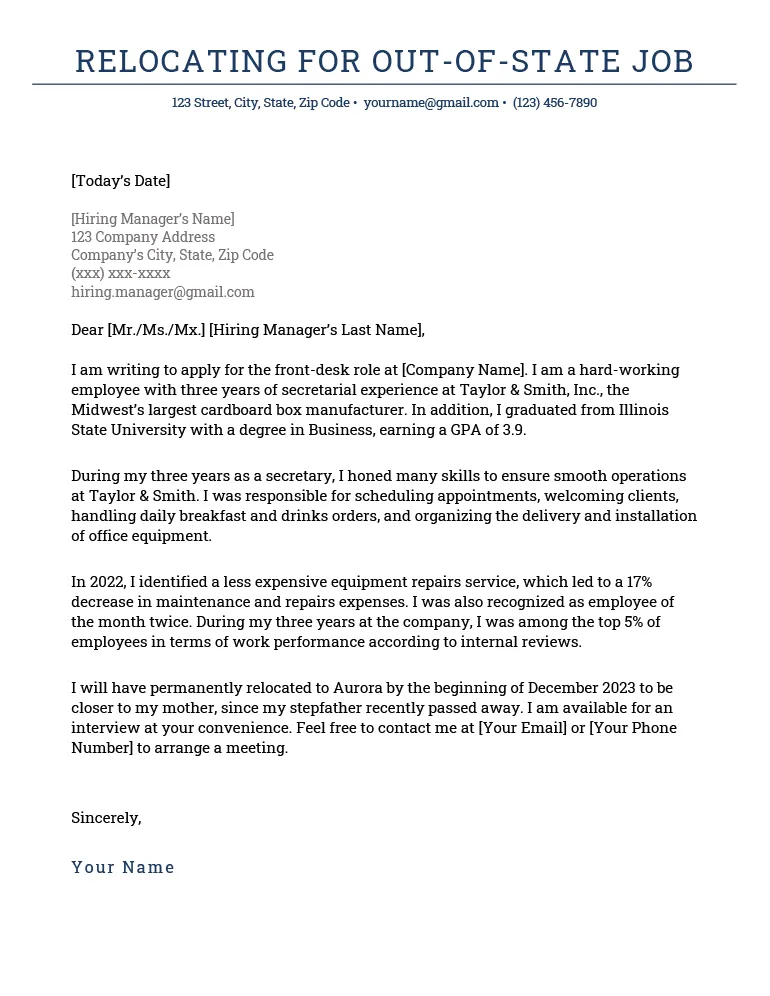
The closing of your cover letter is crucial for leaving a positive impression. It offers an opportunity to express gratitude and reiterate your interest in the position. Providing your contact information and a call to action encourages the hiring manager to take the next step. The conclusion should leave the reader with a lasting positive impression, making them more likely to move forward with your application.
Expressing Gratitude and Offering Contact Information
Express your gratitude for the hiring manager’s time and consideration. Thank them for reviewing your application. Reiterate your interest in the position and express your excitement for the opportunity to discuss your qualifications further. In the closing, provide your contact information, including your phone number and email address, making it easy for the hiring manager to reach you. Adding “I look forward to hearing from you” shows your enthusiasm and allows for a smooth transition to the next stage of the application process.
Formal Closing and Signature
Use a formal closing such as “Sincerely,” “Best regards,” or “Respectfully” followed by a comma. Leave space for your handwritten signature, if you are printing and mailing the letter. If you’re sending it digitally, type your name below the closing. Ensuring a professional closing sets a tone for your final impression and shows attention to detail. The proper closing is a sign of courtesy. Always use your full name to make it easier for the reader to identify you. Your signature confirms the legitimacy of your cover letter and adds a professional touch.
Proofreading and Editing
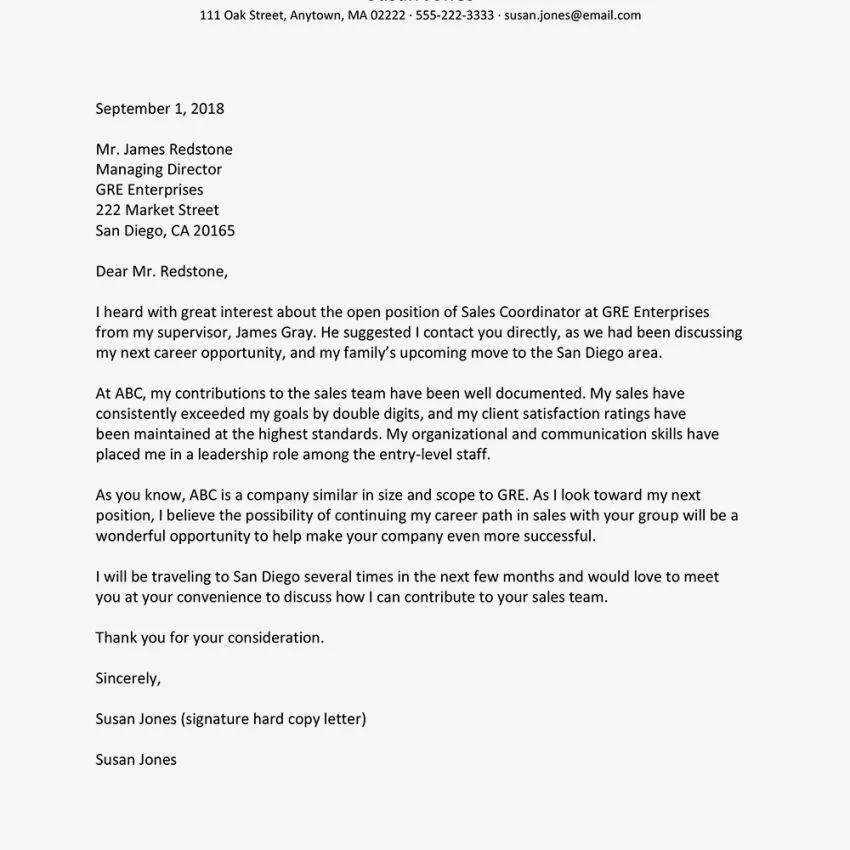
Before submitting your relocation cover letter, proofread and edit it meticulously. Ensure that your letter is free of spelling and grammatical errors. Errors make you appear careless and unprofessional. The letter should be clear, concise, and easy to read. Also, review the format, ensuring consistent font styles and spacing. Read your cover letter aloud to catch any awkward phrasing or typos. It’s also recommended to have a friend, family member, or career professional review your letter for clarity and correctness. Proofreading is an essential step and can significantly enhance your chances of making a good first impression.
Essential Elements to Include
In addition to the structure of the cover letter, make sure to include all essential elements. Address the need for relocation early in the letter and provide a clear explanation of your reasons. Highlight your skills and qualifications that align with the job requirements, using specific examples. Quantify your achievements whenever possible and tailor your letter to match the job description. Remember to express your enthusiasm for the company and the role, and always show a professional closing. Including all these key components guarantees that your cover letter is comprehensive, compelling, and effectively conveys your interest in the position.
Skills and Qualifications
Clearly and concisely highlight the skills and qualifications that make you the best fit for the role. Use action verbs and specific examples to demonstrate how you have utilized these skills in previous roles. Make sure the skills and qualifications align directly with the job description. Do not simply list your skills; show how you have applied them and achieved results. Quantify your achievements by using numbers and data to show the impact of your work. Highlighting relevant skills is a critical aspect of selling yourself and making your letter stand out from the crowd.
Company Research and Personalization
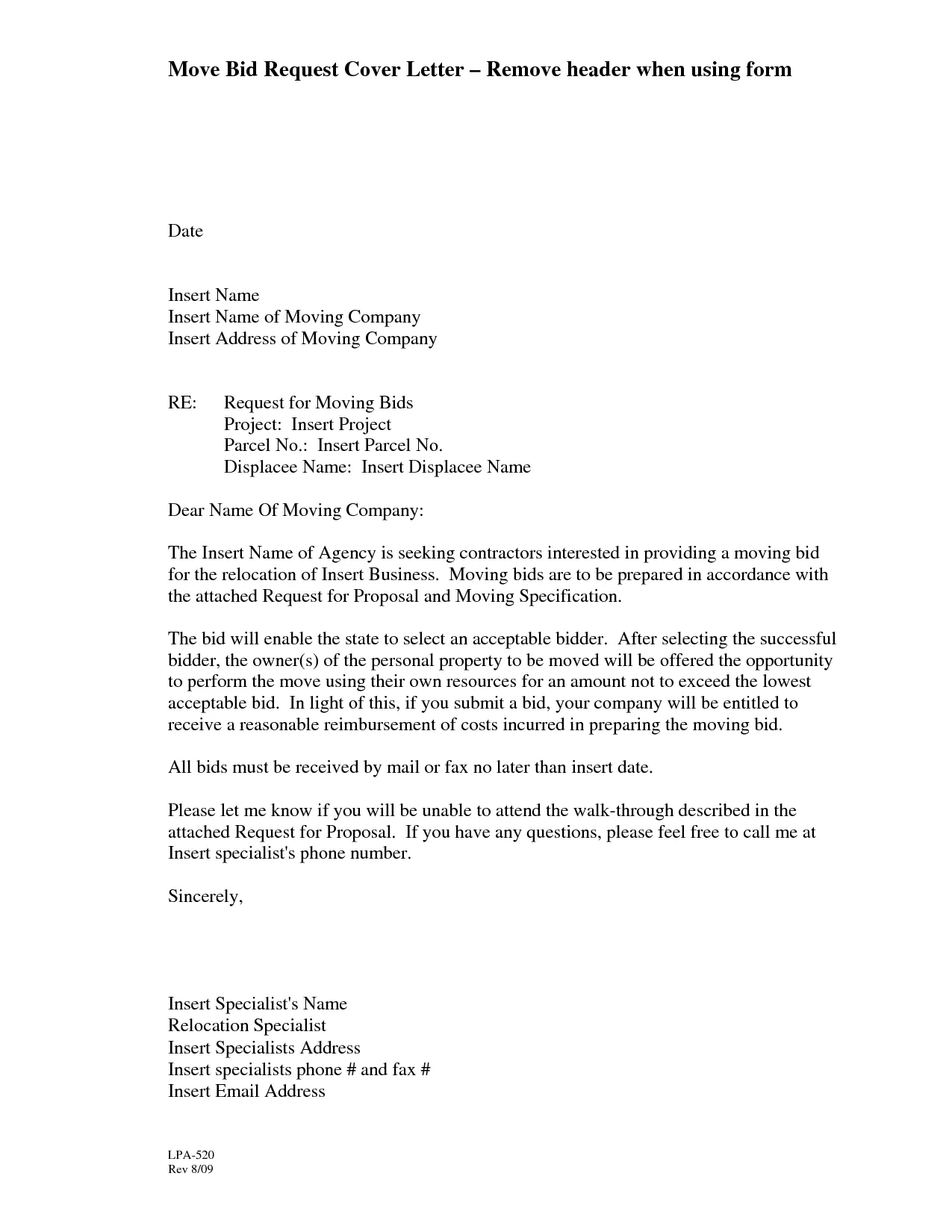
Thoroughly research the company and personalize your cover letter to demonstrate your interest and understanding of their mission, values, and current projects. Include specific details from the company’s website, social media profiles, or news articles. Mention anything that resonates with you. Demonstrating that you have researched the company and understand their needs shows initiative and interest. Customize your cover letter to the specific job and company, avoiding a generic tone. A personalized letter is far more impactful and increases your chances of being noticed. This is crucial to make a strong impression.
Formatting and Design Best Practices
Formatting and design are crucial for creating a polished and professional cover letter. Choose a clean, easy-to-read font such as Times New Roman, Arial, or Calibri. Use a font size between 10 and 12 points. Ensure that your letter has consistent formatting, including spacing and alignment. Keep your cover letter to one page in length, using concise paragraphs and clear headings to break up the text. Using a well-formatted cover letter is a way to create a positive first impression. Maintain a professional appearance. A well-formatted cover letter is clear, readable, and adds to the effectiveness of your message.
